Maximize Space Efficiency with Movable Glass Partitions for Modern Interiors
Understanding Movable Glass Partitions
As the demand for flexible and versatile spaces increases, movable glass partitions have emerged as an innovative solution in modern architecture and interior design. These systems allow for seamless transitions between open and enclosed spaces, providing light, flexibility, and aesthetic appeal to various environments.
What Are Movable Glass Partitions?
Movable glass partitions are wall systems composed of large glass panels that are designed to be easily moved or reconfigured to create different spatial layouts. Unlike traditional fixed walls, these partitions offer a dynamic approach to space management, enabling users to customize the environment according to their current needs. They can come in various designs, from fully frameless to framed configurations, depending on the desired aesthetic and functional requirements.
Benefits of Using Movable Glass Partitions
The advantages of incorporating movable glass partitions into a space are numerous:
- Flexibility: Easily change room layouts to suit various functions, whether for meetings, conferences, or open workspace.
- Natural Light: Glass partitions allow daylight to penetrate deeper into a space, reducing the need for artificial lighting and creating an uplifting ambiance.
- Acoustic Control: Many modern glass partition systems incorporate sound-dampening technologies, making them suitable for environments that require privacy.
- Aesthetic Appeal: They add a contemporary touch to interiors, enhancing the overall design while maintaining an open feel.
- Environmental Benefits: By using glass, which is recyclable and often energy-efficient, these partitions contribute to sustainable building practices.
Common Applications in Various Settings
Movable glass partitions are versatile and can be utilized in various settings, including:
- Corporate Offices: Ideal for creating temporary meeting rooms or collaborative spaces that can easily adapt to changing team dynamics.
- Retail Environments: Used to partition spaces for specific promotions or to create unique customer experiences without compromising visibility.
- Hospitality: Hotels and restaurants use glass partitions to manage space for private events while preserving the overall aesthetic of their establishments.
- Education: Schools and universities benefit from flexible classroom designs to facilitate different teaching methodologies.
Design Considerations for Movable Glass Partitions
Aesthetic Options and Features
The design of movable glass partitions offers an array of options that can enhance the visual identity of any setting. From different glass textures to frame finishes such as aluminum, wood, and several paint colors, these partitions can align with any décor theme. Additionally, options such as frosted glass, printed designs, or patterned elements introduce an artistic aspect to functiomality while maintaining privacy where needed.
Acoustic Performance and Privacy
Sound insulation is a critical factor for many users of movable glass partitions. When selecting systems, it’s important to consider the Sound Transmission Class (STC) rating, which indicates the effectiveness of the partitions in preventing sound from passing through. High STC ratings provide better acoustic control, which is essential in environments where confidentiality is a priority, such as law firms or medical offices.
Choosing the Right Installation Type
The installation of movable glass partitions can vary widely. Options include:
- Hinged Panels: These panels open like doors, making them easy to use but requiring space for the panel to swing open.
- Sliding Systems: Sliding panels can create a seamless transition between spaces without occupying extra room when opened.
- Foldable Systems: These can stack or concertina against a wall, allowing for maximum flexibility and the creation of open areas.
Installation Process for Movable Glass Partitions
Preparation and Planning Steps
Successful installation of movable glass partitions begins with meticulous planning. Here are the steps involved:
- Define the purpose of the partitions to determine the necessary configuration and features.
- Measure the space accurately to ensure the chosen partitions will fit well.
- Select appropriate materials, colors, and designs that will harmonize with the existing space.
- Consult with professionals if unsure about the structural implications of the installation.
Professional Installation vs. DIY
While it may be tempting to consider a DIY approach for cost savings, professional installation is often recommended, particularly for more complex systems. Professionals ensure that:
- The structure remains safe and compliant with local building codes.
- Installation is performed to manufacturer specifications, ensuring the longevity and functionality of the partitions.
- Acoustic performance is optimized where needed through proper seals and techniques.
Key Tools and Materials Needed
For those pursuing a DIY installation, ensure you have the following tools and materials:
- Stud finder for locating supports
- Level and tape measure for accuracy
- Drill and appropriate fasteners
- Wall brackets and tracks as specified by the partition system
- Safety gear, including goggles and gloves
Maintaining and Caring for Your Movable Glass Partitions
Cleaning and Upkeep Best Practices
Proper maintenance is essential for the longevity and appearance of movable glass partitions. Here are some best practices:
- Regularly clean the glass panels with appropriate glass cleaner to avoid streaks and maintain clarity.
- Inspect the frames and tracks for dust or debris that may affect movement.
- Schedule periodic deep cleaning to remove built-up grime in hard-to-reach areas.
Inspecting for Wear and Damage
Frequent inspections should be part of your maintenance routine. Look for:
- Cracks or chips in the glass
- Wear on seals and gaskets that may lead to sound leakage
- Rust or corrosion on metal components
When to Seek Professional Help
If any problems arise during inspections, or if you notice performance issues such as difficulty in sliding or closing, it is advisable to seek professional assistance promptly to prevent further damage and ensure optimal functionality.
Future Trends in Movable Glass Partitions
Innovations in Design and Functionality
The future of movable glass partitions looks promising, with innovations aimed at improving their functionality and aesthetics. New technologies are emerging, including smart glass that can change opacity based on user settings, enhancing privacy without sacrificing natural light. Customization options will become even broader, allowing for more unique and personalized designs.
Eco-Friendly Options and Sustainable Materials
As sustainability continues to be a priority in architectural design, eco-friendly movable glass partitions are gaining attention. Innovations in material science are leading to the development of glass that is not only recyclable but also constructed from materials that minimize environmental impact during production. Energy-efficient glazing options are becoming popular, which can significantly lower heating and cooling costs in commercial buildings.
Predictions for Market Growth and Use Cases
Market analysts predict strong growth for movable glass partitions, especially in urban environments where space optimization is essential. New use cases may emerge in residential designs, where space-saving solutions are increasingly desired. From home offices that can be tucked away to fluid living spaces, the flexibility of glass partitions will likely lead to a broader acceptance in private residences.
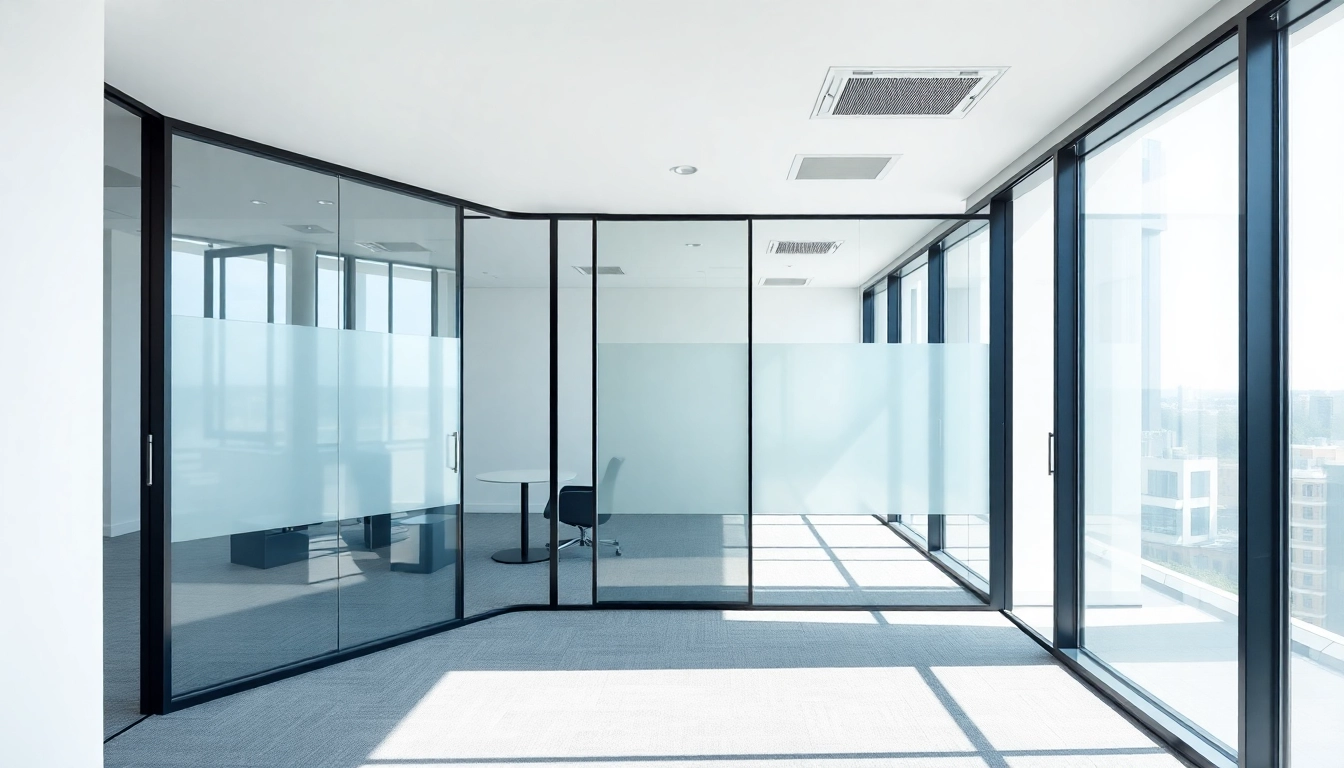
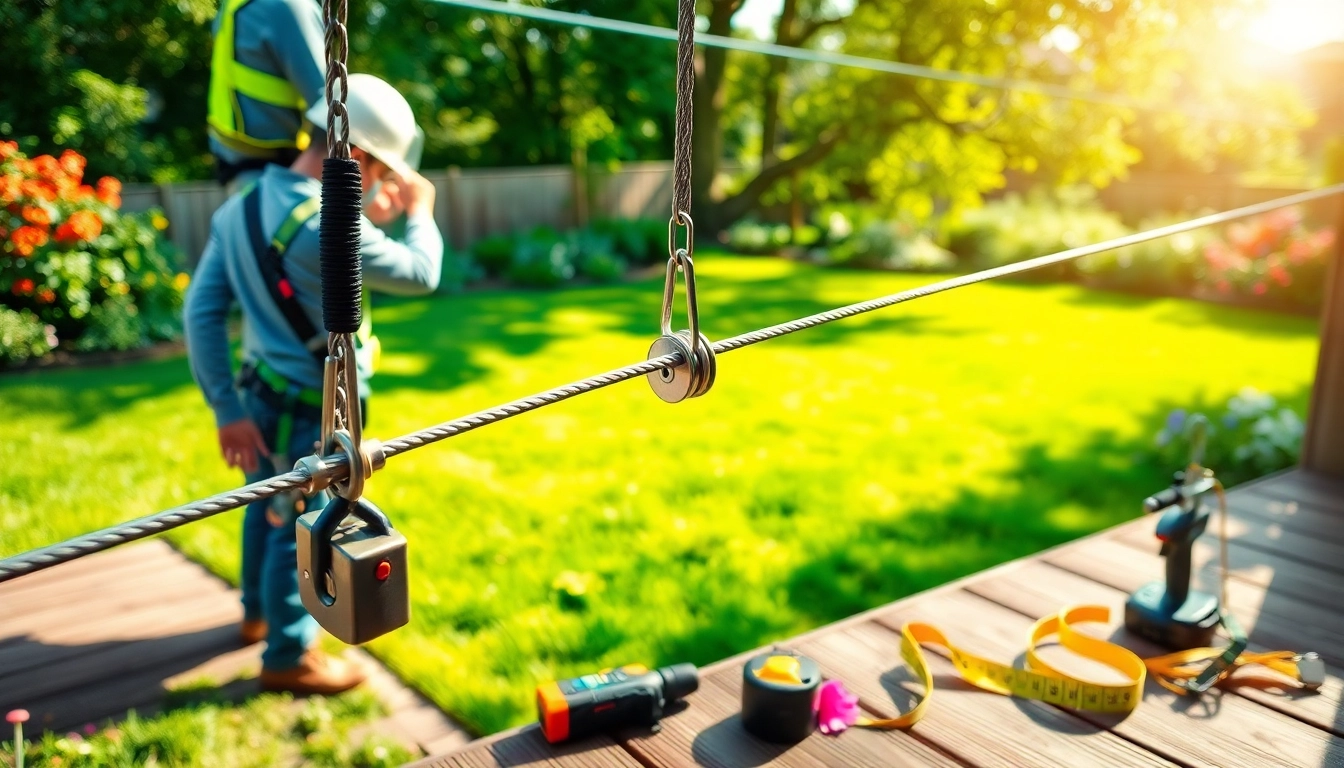


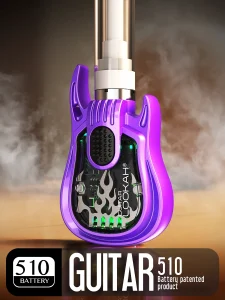
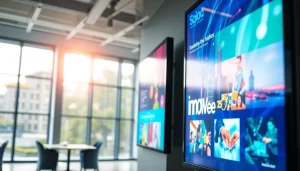


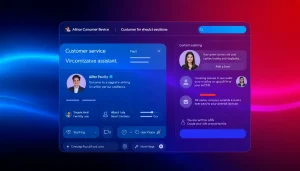
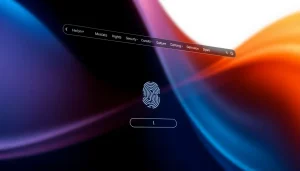

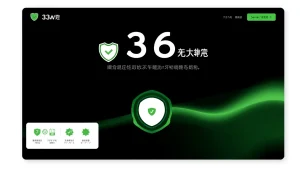


Post Comment